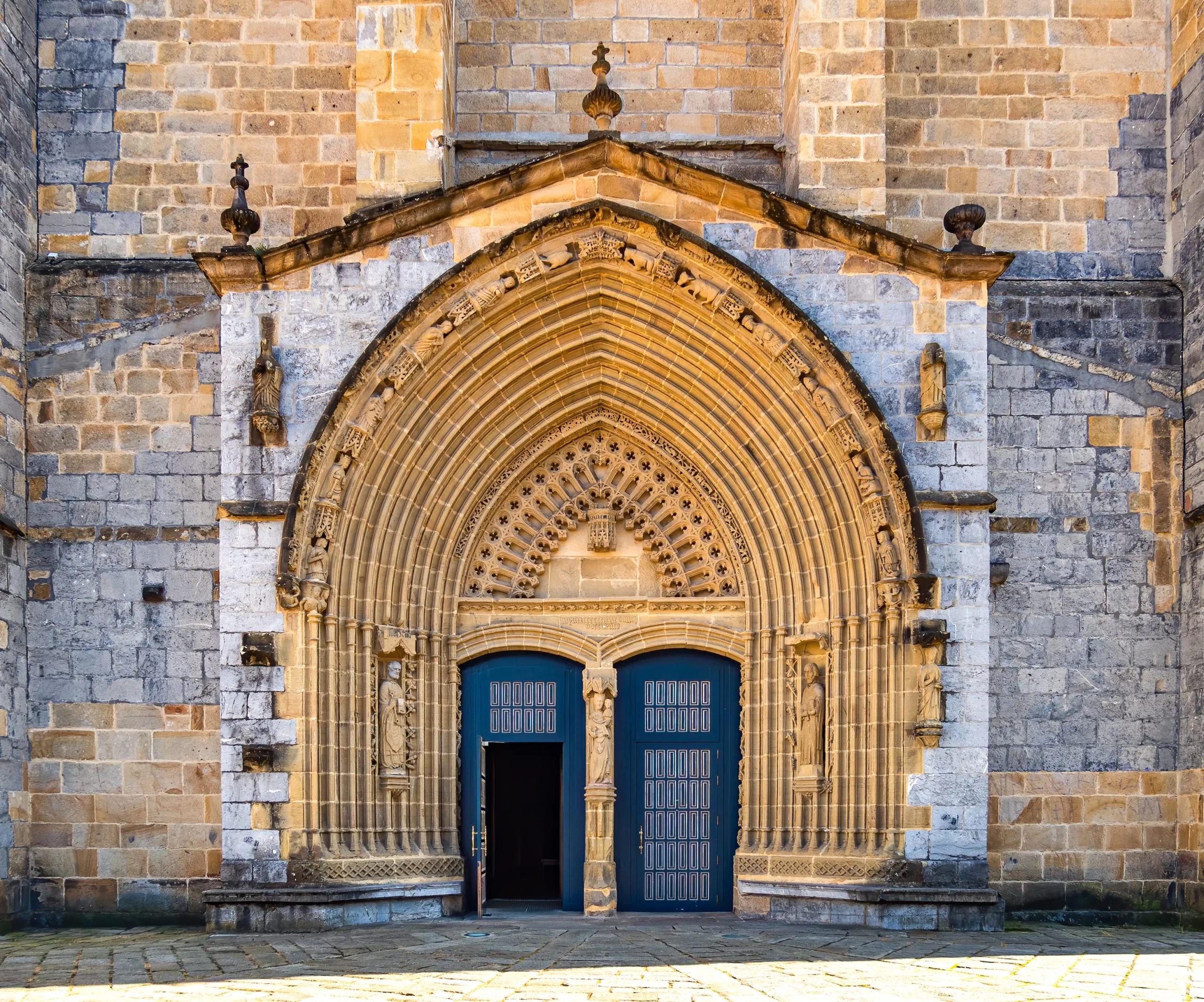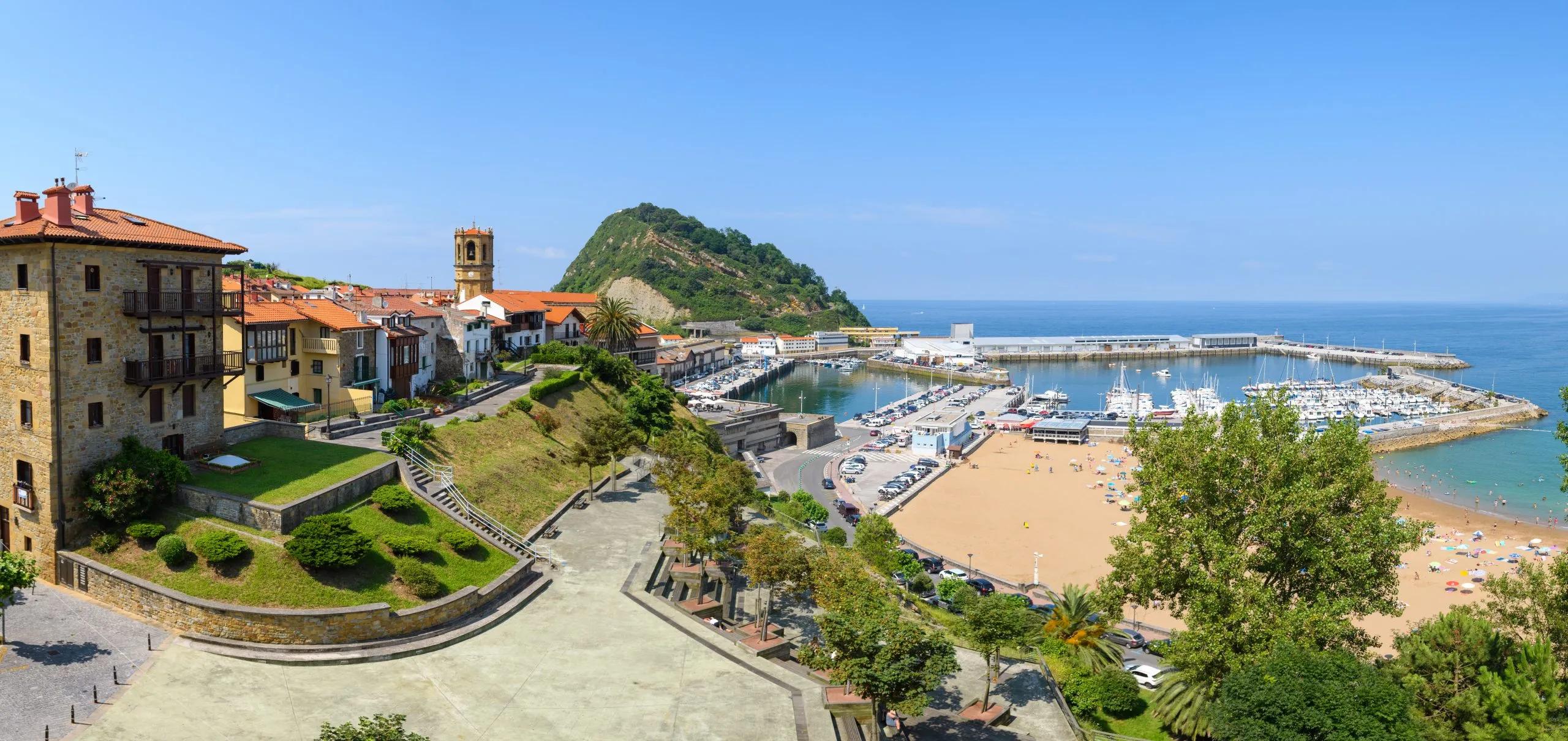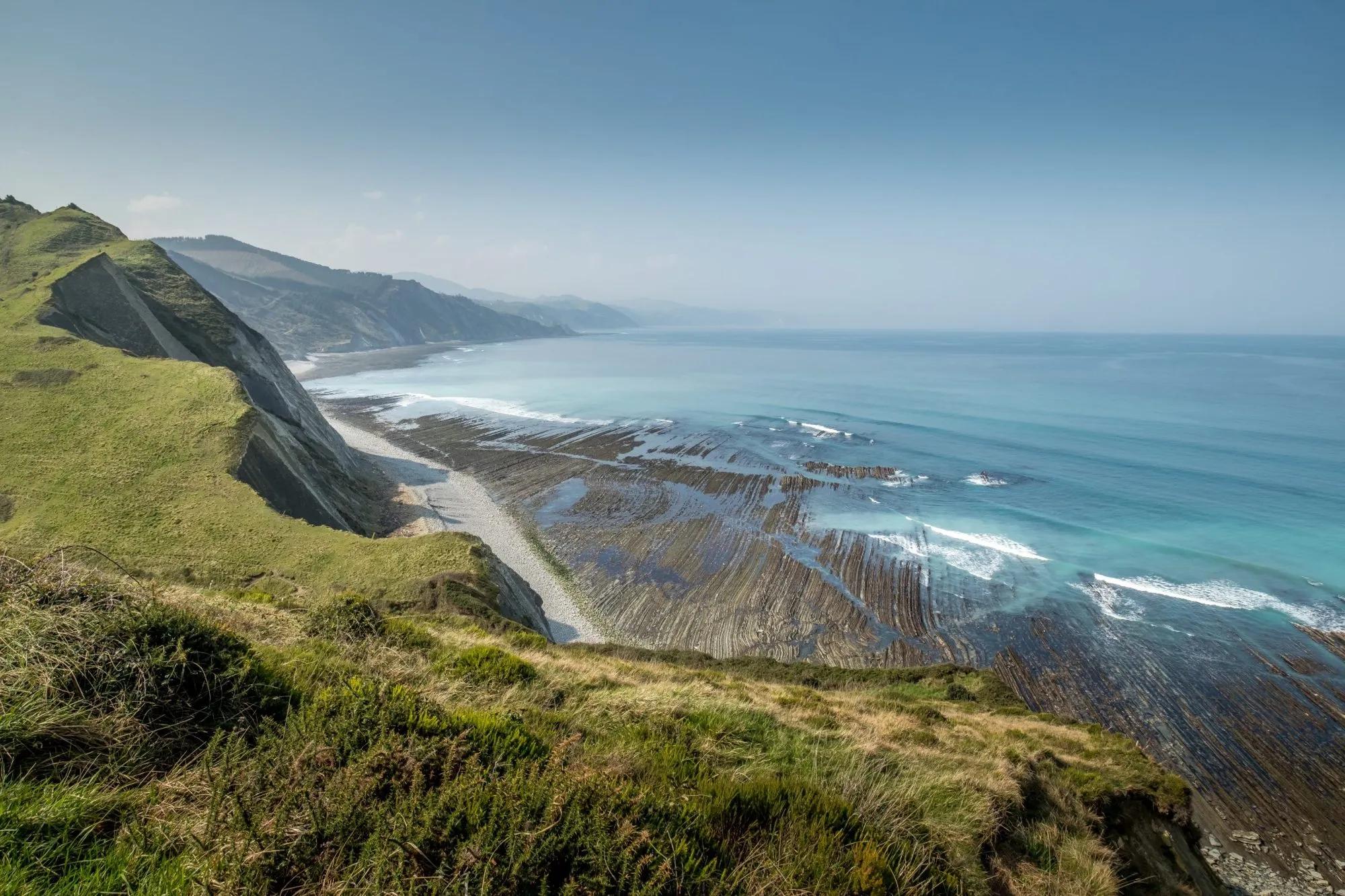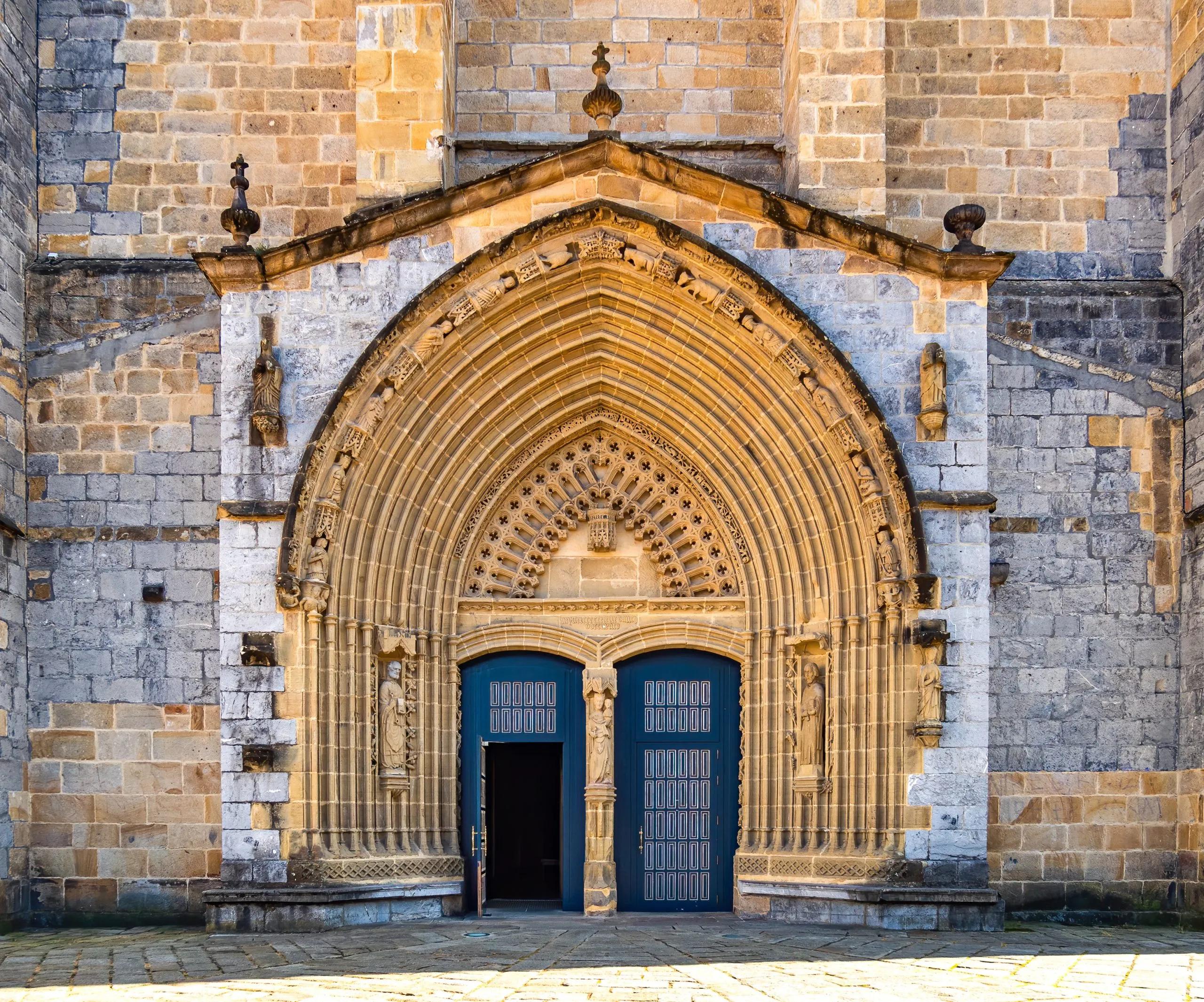












San Sebastián to Bilbao
8 days / 7 nights
|
Starting point
San Sebastian
Finish point
Bilbao
Season
From April to October
Technical level
2/5
Fitness level
3/5
Tour type
Pilgrimage
Starting point
San Sebastian
Finish point
Bilbao
Season
From April to October
Technical level
2/5
Fitness level
3/5
Tour type
Pilgrimage
Highlights
- Discover San Sebastian's culinary delights and stunning beaches
- Experience the Bay of Biscay's breathtaking coastal views
- Explore Getaria and enjoy local Txakolí wine
- Visit the historic Church of San Martín de Tours and other Catholic monuments
- Immerse in the historical and cultural richness of Guernica in the Urdaibai Biosphere Reserve
- Conclude in Bilbao, marveling at the Guggenheim Museum and vibrant cityscape
Itinerary of the trip
FREE ITINERARY
Get Your Travel Itinerary
Loved the itinerary? Enter your email below, and we'll send a copy straight to your inbox.
What’s included in the price?
Self-guided
NOT INCLUDED
OPTIONAL EXTRAS
What to bring to the tour
- Hiking shoes/boots
- 25 to 35-liter backpack
- Base layer
- Sports T-shirts
- Hiking shorts
- Hiking water-repellent pants
- Waterproof jacket
- Midlayer
- Sports socks and underwear
- Leisurewear for evenings
- Shade hat/cap
- Sunscreen
- Sunglasses
- Hiking poles
- ID card or passport
- Snacks
- Cash
- Water bottles or hydration pack
- Toiletries
Venture on a captivating journey along the most scenic part of the Camino del Norte, an enriching 8-day adventure that combines the splendor of Spain's Atlantic coast with the charm of its Basque cities, San Sebastian and Bilbao.
Your pilgrimage begins in San Sebastian, a culinary haven with stunning beaches and a historic Old Town. From there, meander through verdant landscapes and quaint coastal villages, experiencing the region's rich history and culture.
Highlights include the Roman Church of San Martín de Tours, the picturesque Getaria, and the historic town of Guernica, nestled in the Urdaibai Biosphere Reserve.
As you journey from the serenity of the coast to the heart of the Basque Country, you'll witness breathtaking coastal views, sample local Txakolí wine, and explore the birthplace of explorer Juan Sebastian Elcano.
The route takes an inland turn towards Markina, showcasing the rugged beauty of the Arnoate mountains, before descending back to the vibrant cityscape of Bilbao, renowned for its modern architecture and the iconic Guggenheim Museum.
Your journey along this exquisite segment of the Camino del Norte with us is designed for maximum convenience and comfort. We take care of all your accommodation needs and handle your luggage transfers, ensuring a hassle-free experience. And our round-the-clock support guarantees peace of mind throughout your travels.
With an easy-to-use GPS navigation app and a digital guidebook at your disposal, you'll receive all the knowledge and local tips from our guides, offering you a newfound insight into the stunning landscape, rich history, and diverse culture.
Experience this unique part of the Camino del Norte with us, a journey where every step is as memorable as the destination.
Start planning today!
The sooner the better - guaranteed availability and best prices if you don't wait for too long.
Frequently Asked Questions
Ratings & Reviews

5.0 average rating

We had a lovely hike today with our guide Klemen. He personalized the tour on our needs and interests, so that we saw places we wouldn't without his experience. The hike was a little bit slippery after the rain from the last days and it went a lot upwards, but it was totally worth it! Thanks again :)


We had a lovely hike today with our guide Klemen. He personalized the tour on our needs and interests, so that we saw places we wouldn't without his experience. The hike was a little bit slippery after the rain from the last days and it went a lot upwards, but it was totally worth it! Thanks again :)


All available guidance options
Self-guided
Are you looking for a good adventure and limitless flexibility? Then you should try out a self-guided tour, perfect for independent explorers who want to set their own pace. Without the need to stick to a group schedule, you’re free to linger at scenic viewpoints while the logistics are taken care of in advance.

HASSLE-FREE
We handle itineraries, accommodations, and anything else you prefer not to deal with, so you can enjoy a carefree hike.
.svg)
TRIED & TESTED ADVENTURES
Only the best of Camino de Santiago, cherry-picked by our local team with an in-depth knowledge of the region.

SELF-GUIDED TRAVEL
Explore independently and with confidence while we keep everything running from behind the scenes.
TRUSTED BY MANY
Since 2014, we have taken care of thousands of happy customers, making it our mission to put your satisfaction first.








































